![]()
Making big-budget films doesn’t always go smoothly. When filming takes longer than expected, sets need to be redone, or the story’s conclusion changes completely, the expenses can quickly exceed the initial budget. Some films earn enough money at the box office to make up for the overspending, but others serve as warnings that studio heads remember when a new project starts to face difficulties.
Here’s a look at twenty well-known films that went significantly over budget. For each movie, we’ll explore what caused the increased costs, how the studio attempted to manage the overspending, and the ultimate box office results when the film was released in theaters.
‘Cleopatra’ (1963)
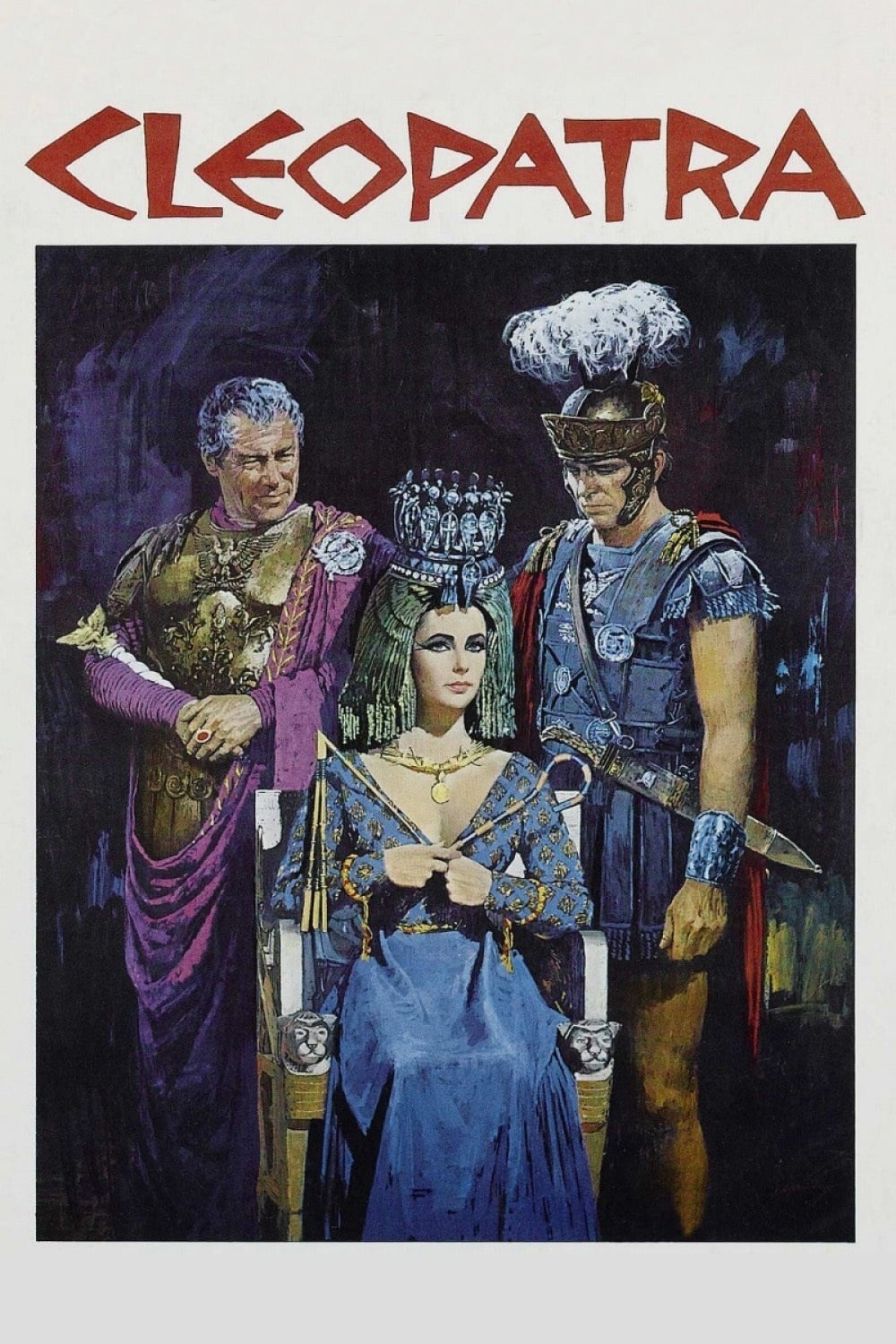
Let me tell you, this production had a seriously rocky start. It basically had to begin all over again after the first attempt fell apart, and everything – and I mean everything – had to be moved from the UK to Rome. They didn’t just move locations, though; they completely rebuilt massive sets, painstakingly recreated elaborate costumes, and faced endless setbacks due to illness and bad weather. Each extra day of shooting just kept driving up the costs.
The studio, understandably worried about their investment, threw even more money at the project – focusing on spectacle and publicity. Thankfully, it paid off; the movie did really well at the box office globally and even got several re-releases. But, and this is a big but, it put the company in a tough spot financially for years afterward. It really forced them to tighten their belts after all was said and done.
‘Apocalypse Now’ (1979)
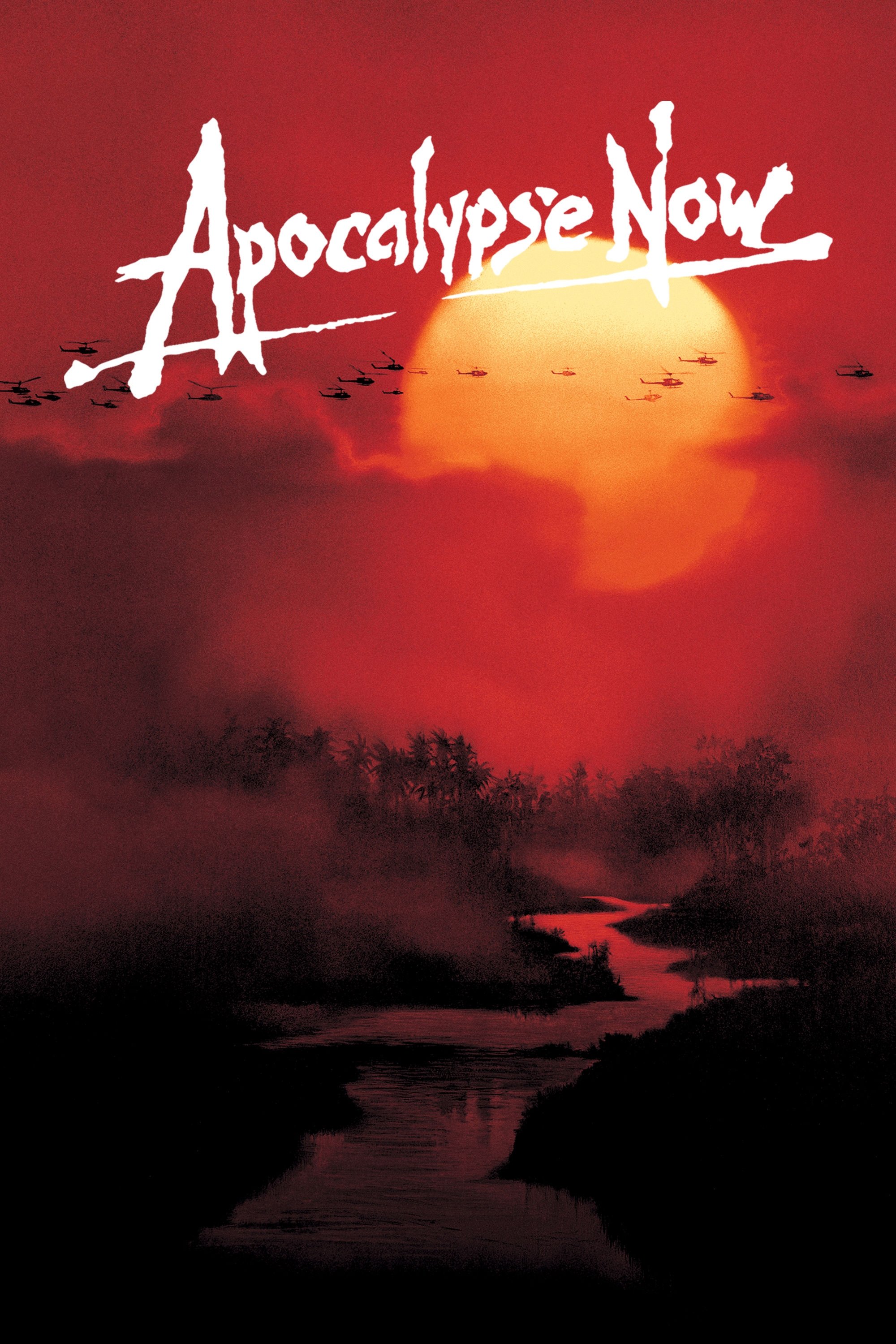
A typhoon caused significant damage to the jungle sets and forced a pause in filming. This meant the team had to wait while the sets were rebuilt and helicopters were assigned to other tasks. The production continued to accrue costs due to expensive overtime, specialized equipment, and substantial on-site script changes as the director revised scenes during filming.
The postproduction process took longer than expected, requiring complex sound design and editing, which added to the film’s expenses. Ultimately, the film became a significant release, and later editions and home video sales helped recover the increased production costs. It was a costly undertaking, but ultimately successful.
‘Heaven’s Gate’ (1980)
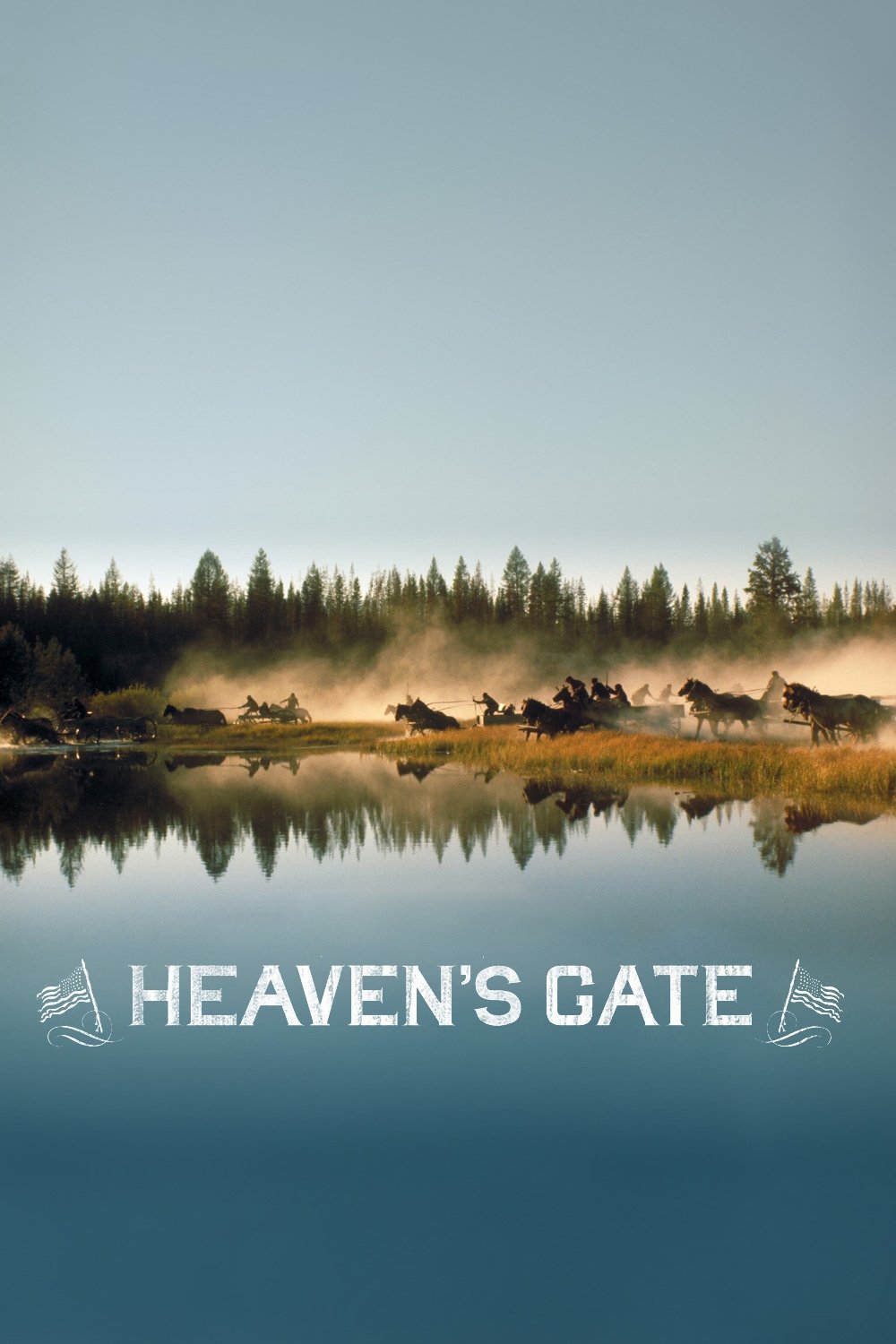
What began as a simple project quickly grew into a massive undertaking, requiring numerous retakes, detailed historical sets, and complex scenes with many extras – all of which significantly increased the cost. The filming schedule was repeatedly delayed as the director strived for a very specific visual style, leading to higher costs for both the crew and filming locations.
The studio then invested in a long and involved editing process, resulting in several different versions of the film, each requiring more time and effort for editing and composing music. Unfortunately, the movie didn’t attract many viewers when it was released, leaving the company with substantial financial losses and prompting them to implement stricter control over creative decisions in the future.
‘The Adventures of Baron Munchausen’ (1988)
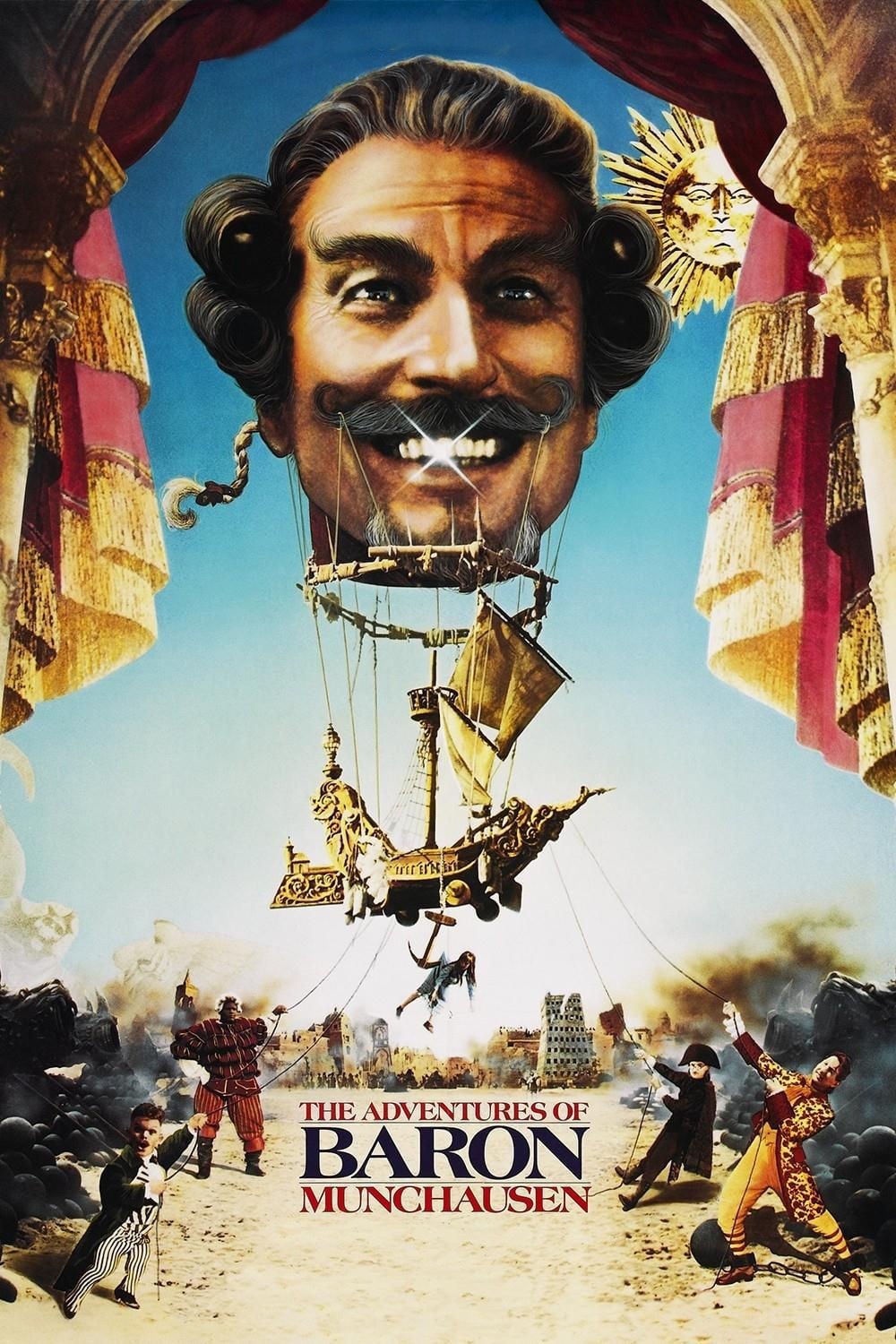
Creating the film’s grand fantasy scenes needed complex models, special effects, and carefully crafted outfits, and these ended up costing more than originally planned. There were also changes in the companies helping with production during filming, which made it harder to manage the money.
The amount spent on advertising increased as the company releasing the film tried to explain its unusual story to a wide audience. While some critics praised the film in certain areas, it had trouble earning back its growing costs during its first release.
‘The Abyss’ (1989)
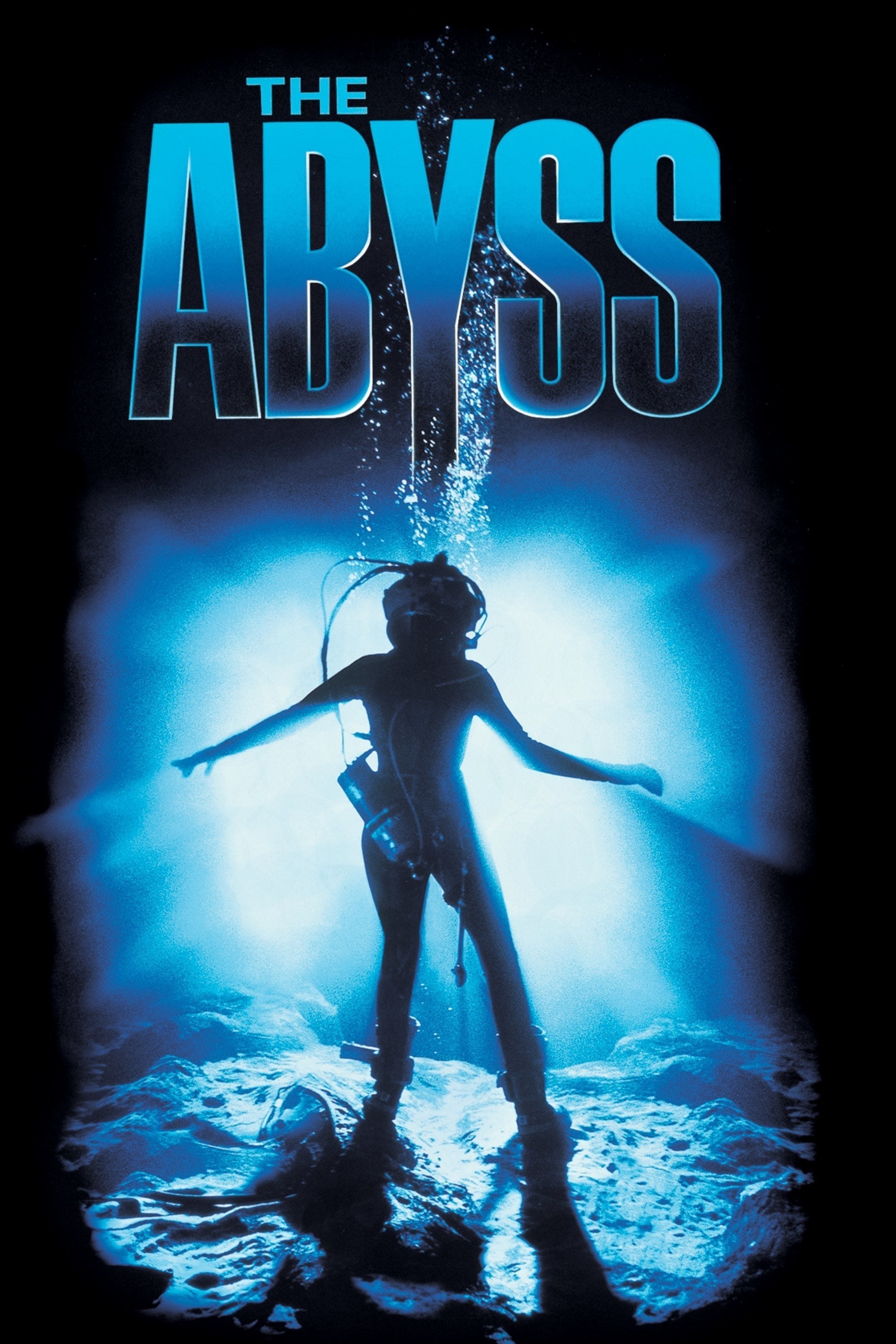
The majority of filming happened in huge water tanks that needed to be built and looked after, which meant hiring extra safety personnel and unique lighting setups. Problems with the underwater technology caused delays, making each day of shooting take longer and cost more.
Creating the visual effects demanded new techniques for simulating liquids, pushing back the postproduction timeline and increasing costs for outside companies. Ultimately, the film became popular on home video and with special editions, allowing the studio to recover some of its expenses.
‘Waterworld’ (1995)
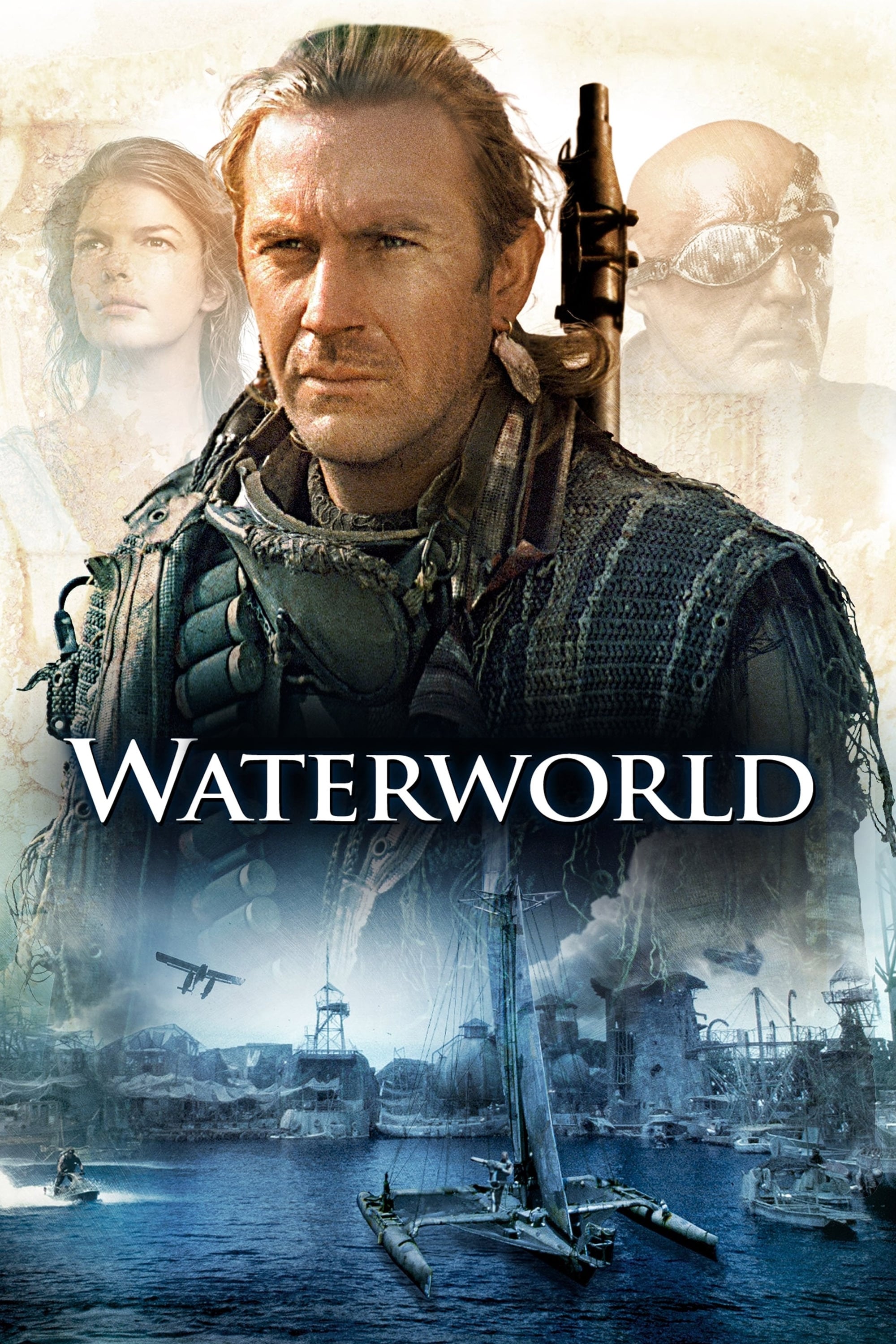
An artificial island set was constructed in the ocean, but it was harmed by bad weather and had to be repaired, rapidly using up the emergency budget. Filming out at sea needed many boats, safety personnel, and fuel, causing the daily expenses to become very high.
Additional filming and edits to the movie extended the production timeline by weeks. While the film didn’t do well in its home country, it performed better internationally, and eventually, through television and home video sales, it gradually reduced its significant financial losses.
‘The Island of Dr. Moreau’ (1996)
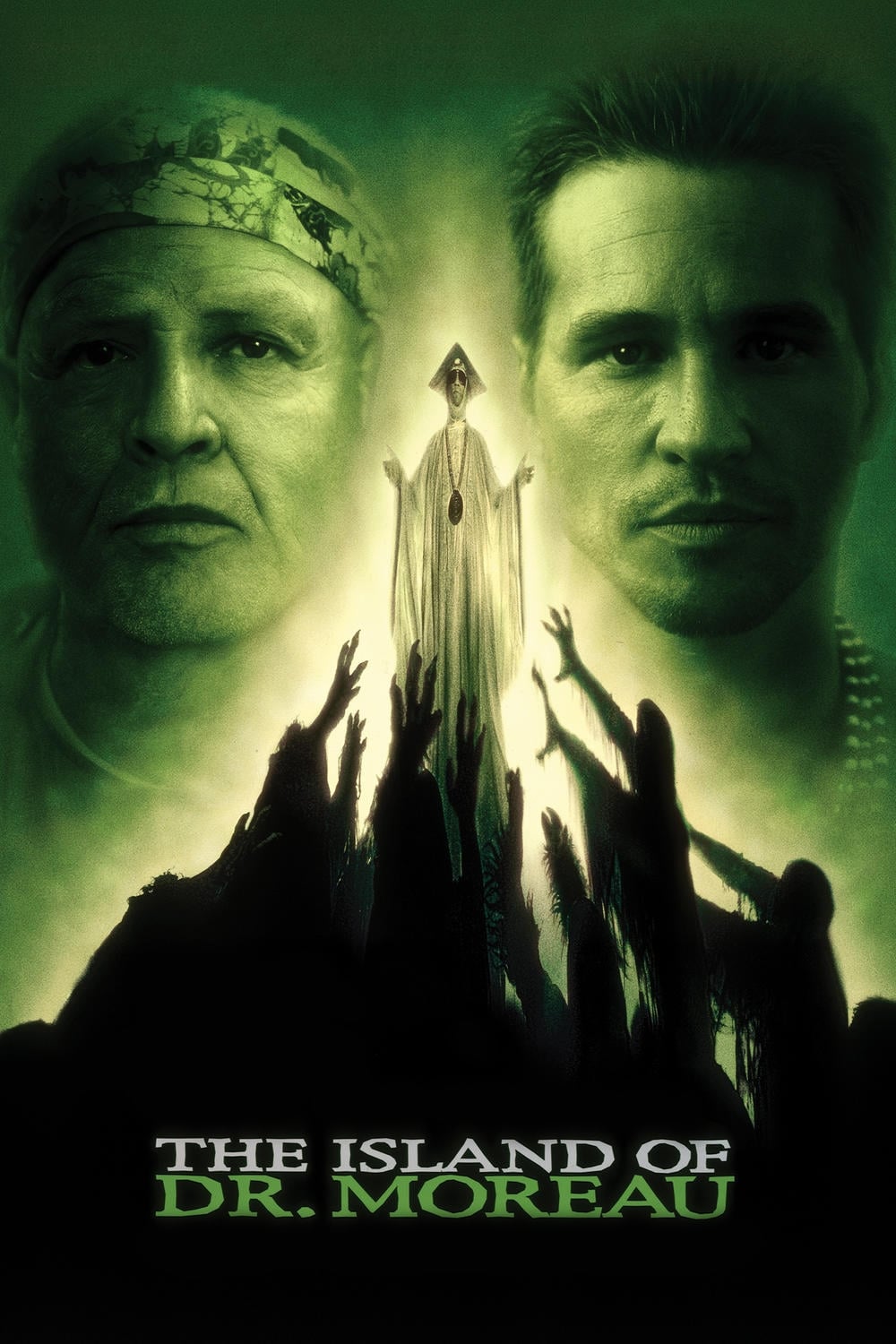
Changes in the creative team resulted in a new director and major revisions to the script, even after filming had begun. Problems with the cast and difficulties securing locations led to frequent stops and restarts, increasing the daily budget.
The elaborate makeup and special effects demanded lengthy shooting days and highly skilled teams, which drove up labor costs even further. When the film was released in theaters, it didn’t earn enough to cover the increased expenses, making it a prime example of a production plagued with problems.
‘Titanic’ (1997)
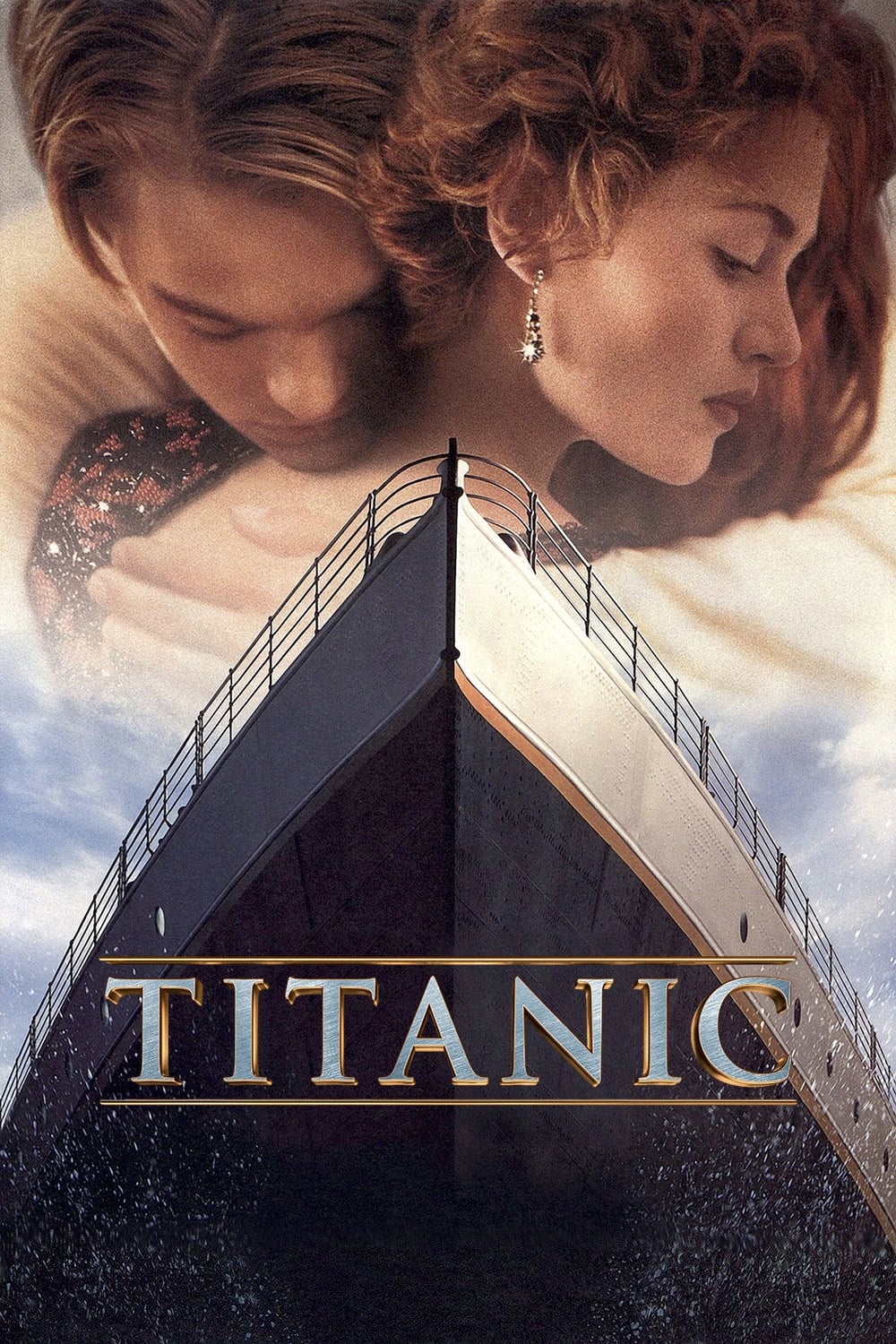
The production team constructed a remarkably detailed ship set and large water tanks just for filming, which presented significant engineering and safety challenges. The complex stunts and use of physical effects caused the filming schedule to run much longer than originally planned.
After filming, the movie underwent post-production, including state-of-the-art digital visual effects and the creation of a comprehensive original musical score and sound design. Although the production costs increased, the film became a global success, earning back its investment many times over.
‘The Postman’ (1997)
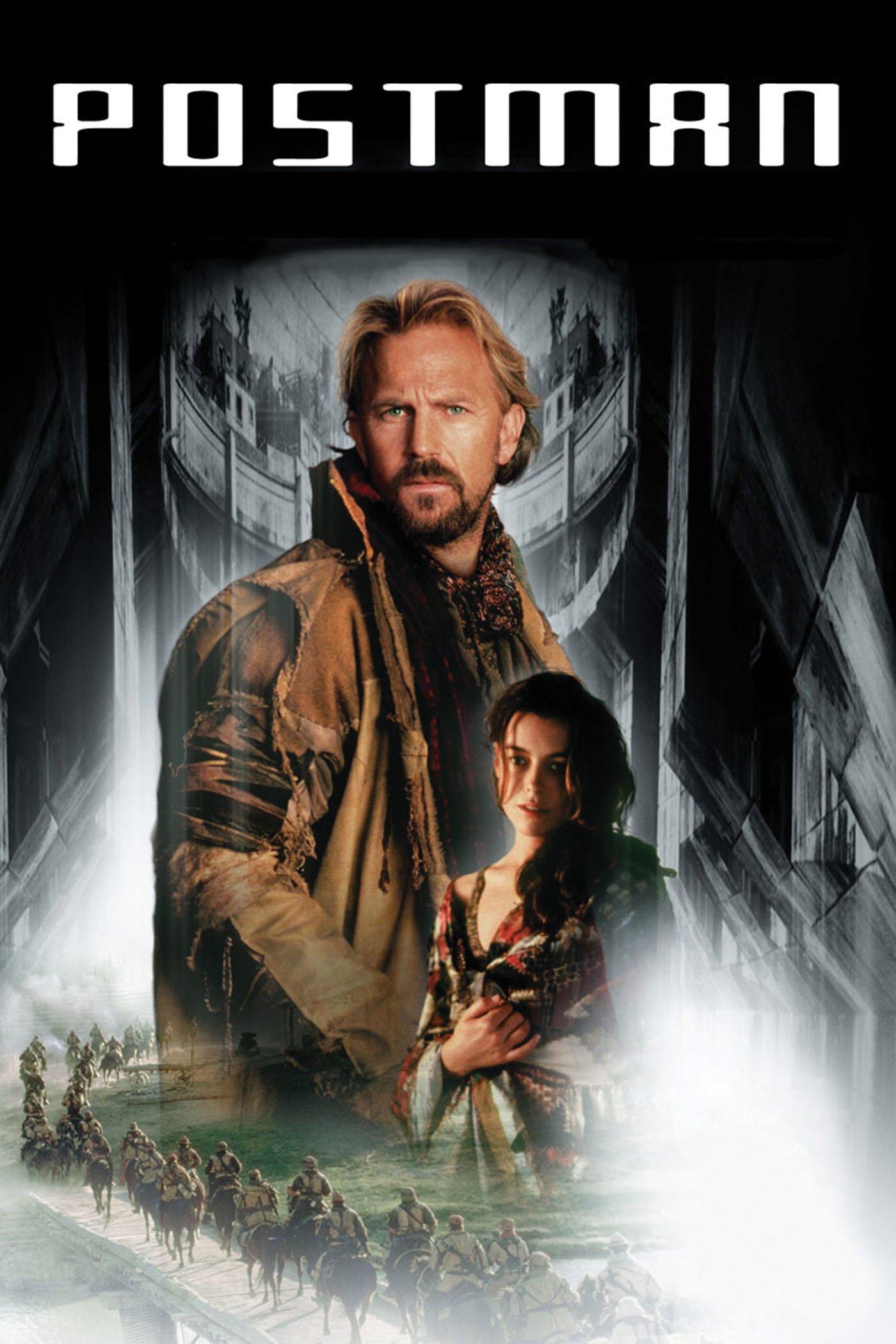
Filming on location in distant places meant transporting large teams and equipment over considerable distances, putting a lot of pressure on the logistics. Unexpected issues like bad weather and the need to rebuild sets caused extra shooting days and increased costs.
The studio ramped up marketing efforts when they realized the film needed to be presented differently to appeal to audiences, further increasing the overall budget. Despite this, the film didn’t perform well in theaters, and income from other sources wasn’t enough to cover the losses.
‘The 13th Warrior’ (1999)
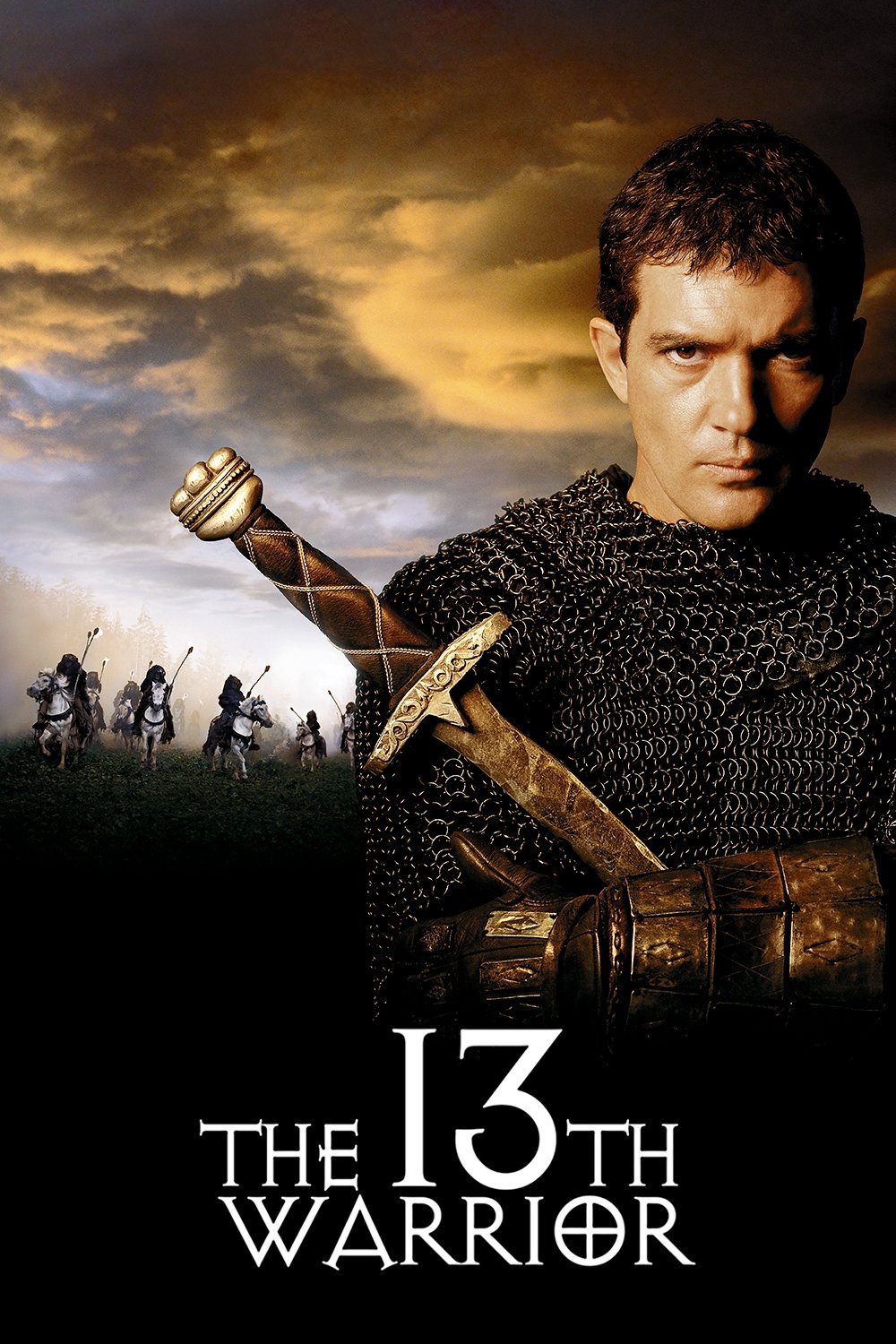
After preview audiences found the movie’s rhythm and overall feel uneven, significant reshoots were necessary, resulting in new scenes and a revised conclusion. A new group of filmmakers took over some of the final stages of production, requiring completely new music and further editing, which increased the budget.
The film’s release date was delayed multiple times, stretching out the costs for promotion and building anticipation. Ultimately, the movie didn’t earn enough at the box office to cover its high production expenses, becoming a well-known example of a film with a dramatically overrun budget.
‘King Kong’ (2005)

Creating the digital creatures and city environments took a lot of time to render and required large teams for visual effects, which increased the costs for those working on the project. The editing process was also lengthy and involved complicated sound and music design to match the scope of the action.
Filming in New Zealand meant additional expenses for travel and lodging for the international crew. While costs ultimately exceeded initial estimates, successful international releases and strong DVD/Blu-ray sales allowed the studio to cover the overall budget.
‘The Wolfman’ (2010)
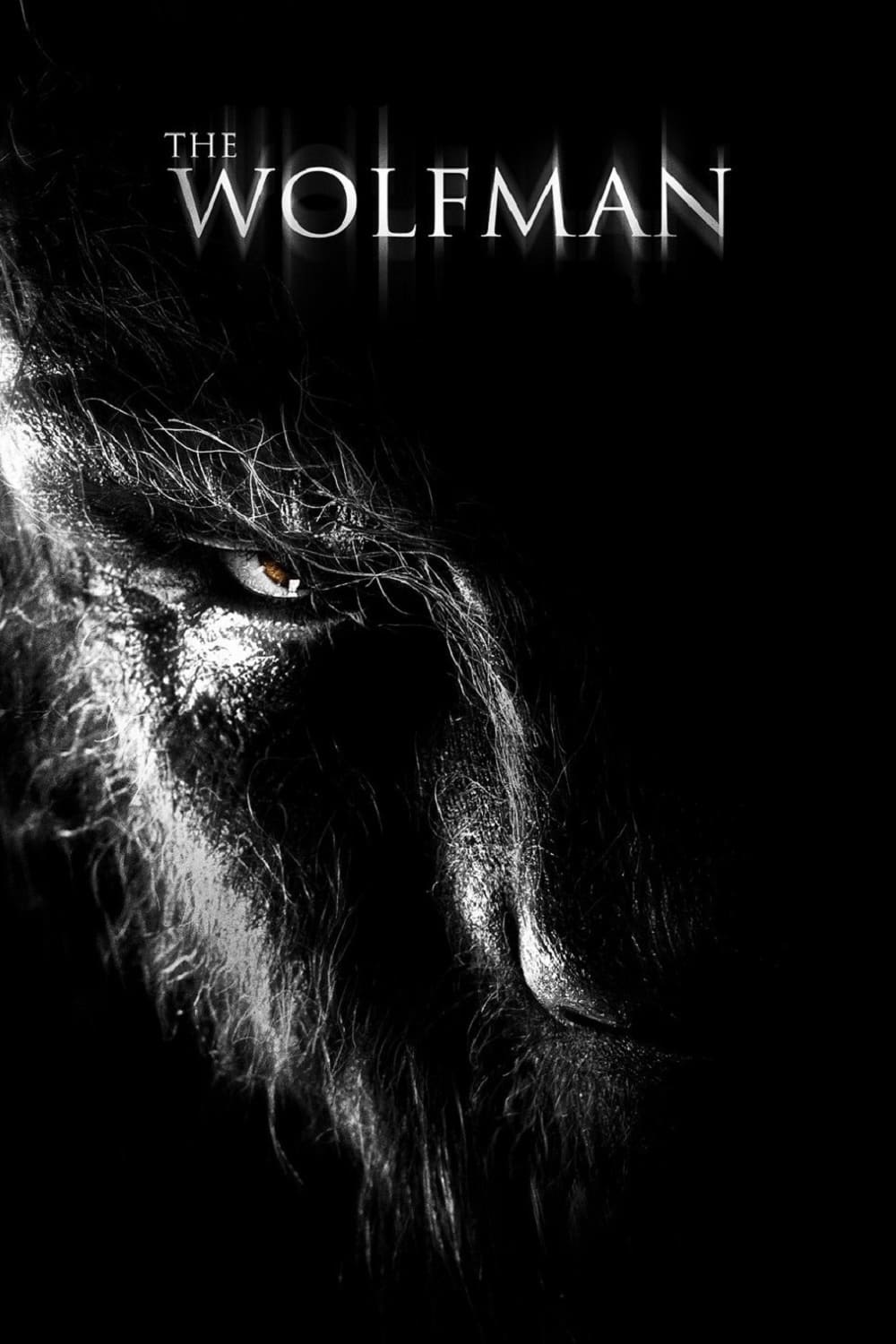
A change in the film’s creative vision late in production led to significant reshoots and a completely new edit. This meant reconstructing sets and recalling actors for additional filming.
The filmmakers shifted their approach from relying on physical effects to using more computer-generated imagery, which increased costs from outside suppliers.
As the team perfected the movie, the release date was pushed back, adding months of extra expenses and requiring changes to the marketing plan. While income from cinemas and streaming services helped, the increased budget proved challenging to recoup.
‘John Carter’ (2012)
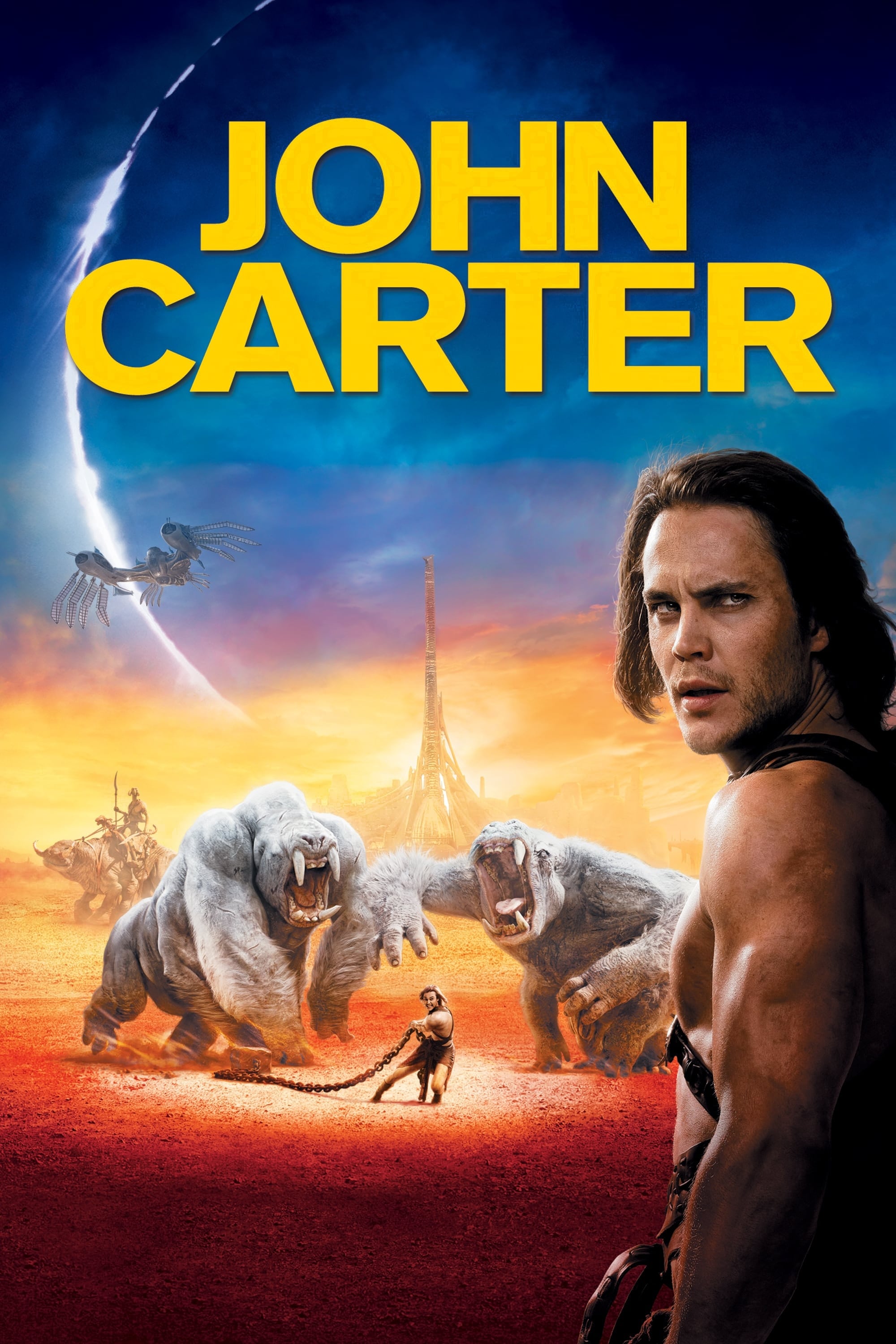
Creating the alien environments and massive action scenes needed a lot of visual effects, which ended up costing more than initially planned. Changes to the story during the editing process meant adding new scenes and taking longer to finish the visual effects.
The studio also launched a large advertising campaign to help introduce the unfamiliar story to a wide audience. However, even with a broad release, the total earnings didn’t cover the increased costs of making and promoting the film.
‘The Lone Ranger’ (2013)
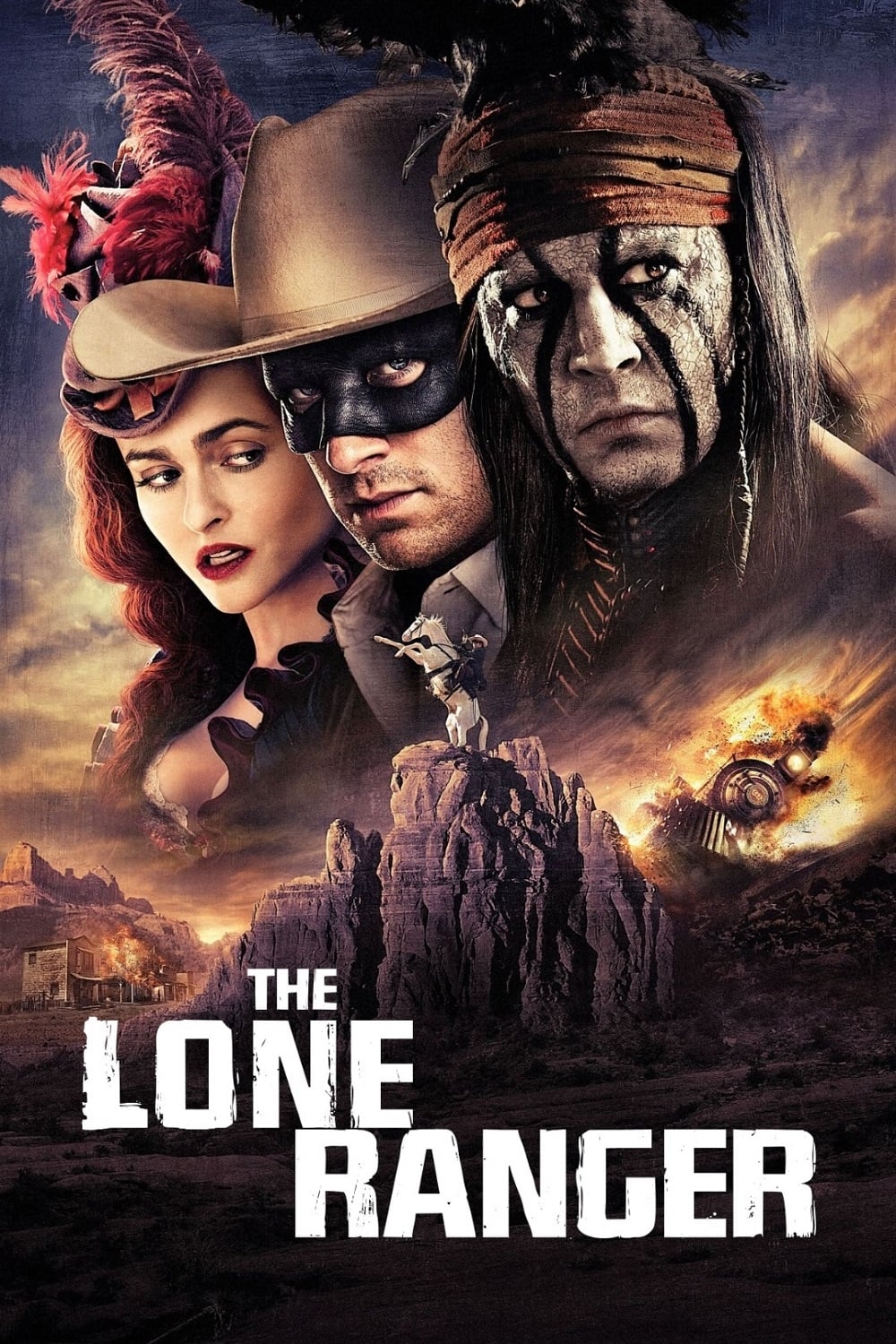
Filming was temporarily stopped due to disagreements over the budget, but it later continued with updated plans, though it still ran into problems with the weather and finding suitable locations. Building big sets and performing complex stunts led to higher expenses for insurance, safety measures, and paying the crew overtime.
After filming, a lot of work went into adding visual effects, especially for the train scenes and to create the environments shown in the movie. Even with a wide release, the film didn’t earn enough money to cover all of its costs in the end.
‘World War Z’ (2013)
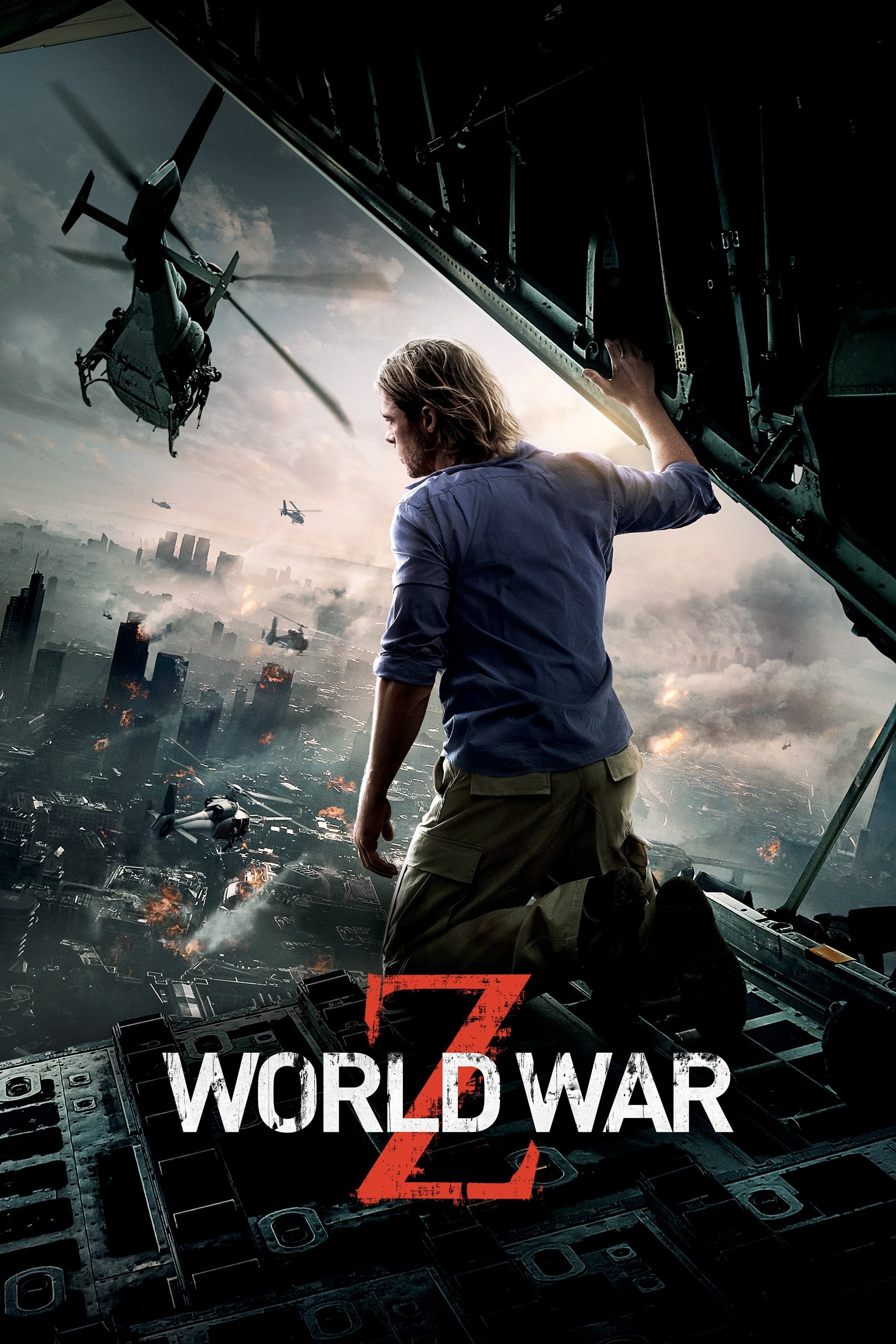
A significant change to the ending of the film required a large-scale reshoot, bringing together the entire cast and crew. This involved building new sets, creating updated action sequences, and revising the way the film was edited.
Delaying the film’s release date increased costs for marketing and generating public interest. While the movie eventually performed well in theaters and on home video, selling successfully around the world, this success only lessened-but didn’t completely cover-the initial budget overruns.
‘Mad Max: Fury Road’ (2015)
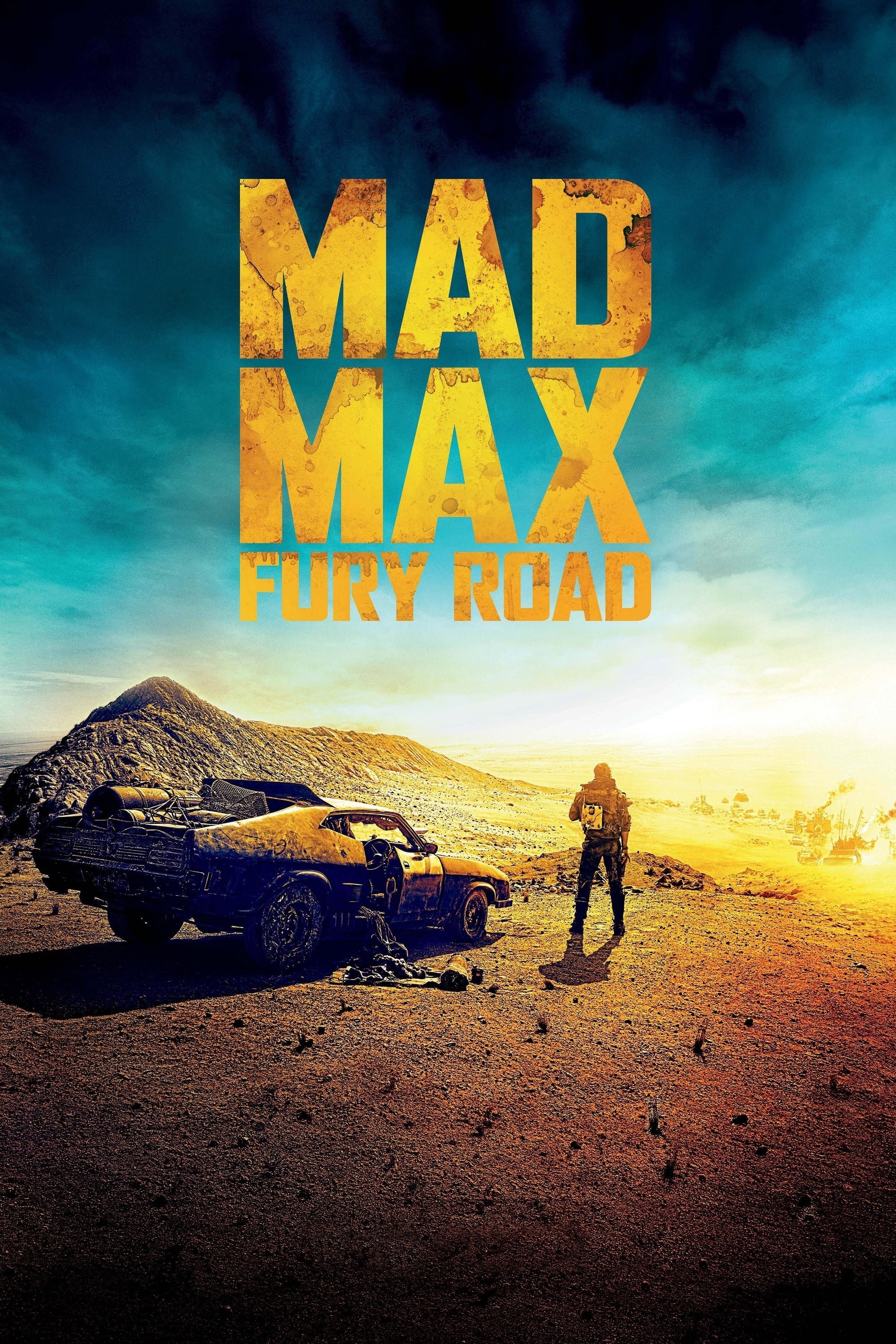
Changing filming locations and dealing with bad weather meant the team had to rework plans they’d been developing for months, increasing preparation and transportation expenses.
Performing the stunts practically required sizable safety crews, specially-built vehicles, and constant repairs, which put a strain on the budget.
The editing process was extensive, focusing on perfecting the action sequences and developing the story’s world, with visual effects added to the real footage. Ultimately, positive international performance and award recognition helped offset the increased costs.
‘Justice League’ (2017)
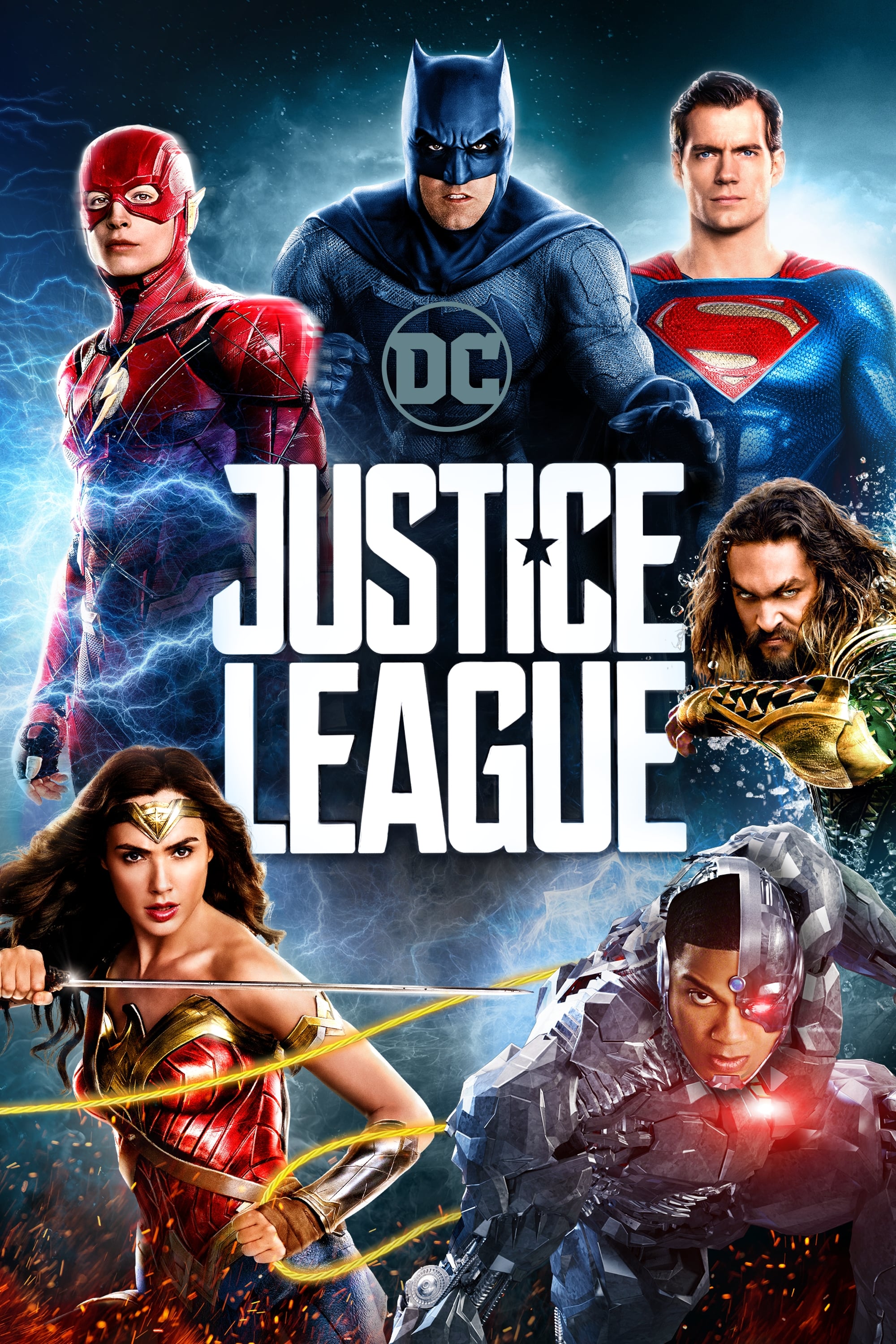
A switch of directors during filming led to substantial reshoots and a completely revised editing process, including new scenes and rewritten dialogue.
Because of busy schedules, it was expensive and complicated to bring the large cast back together.
Fixing things digitally and adding extra scenes significantly increased the visual effects budget, exceeding initial projections. While the movie earned a lot of money in theaters, the total cost of making it remained one of the highest ever for a superhero film at the time.
‘Solo: A Star Wars Story’ (2018)
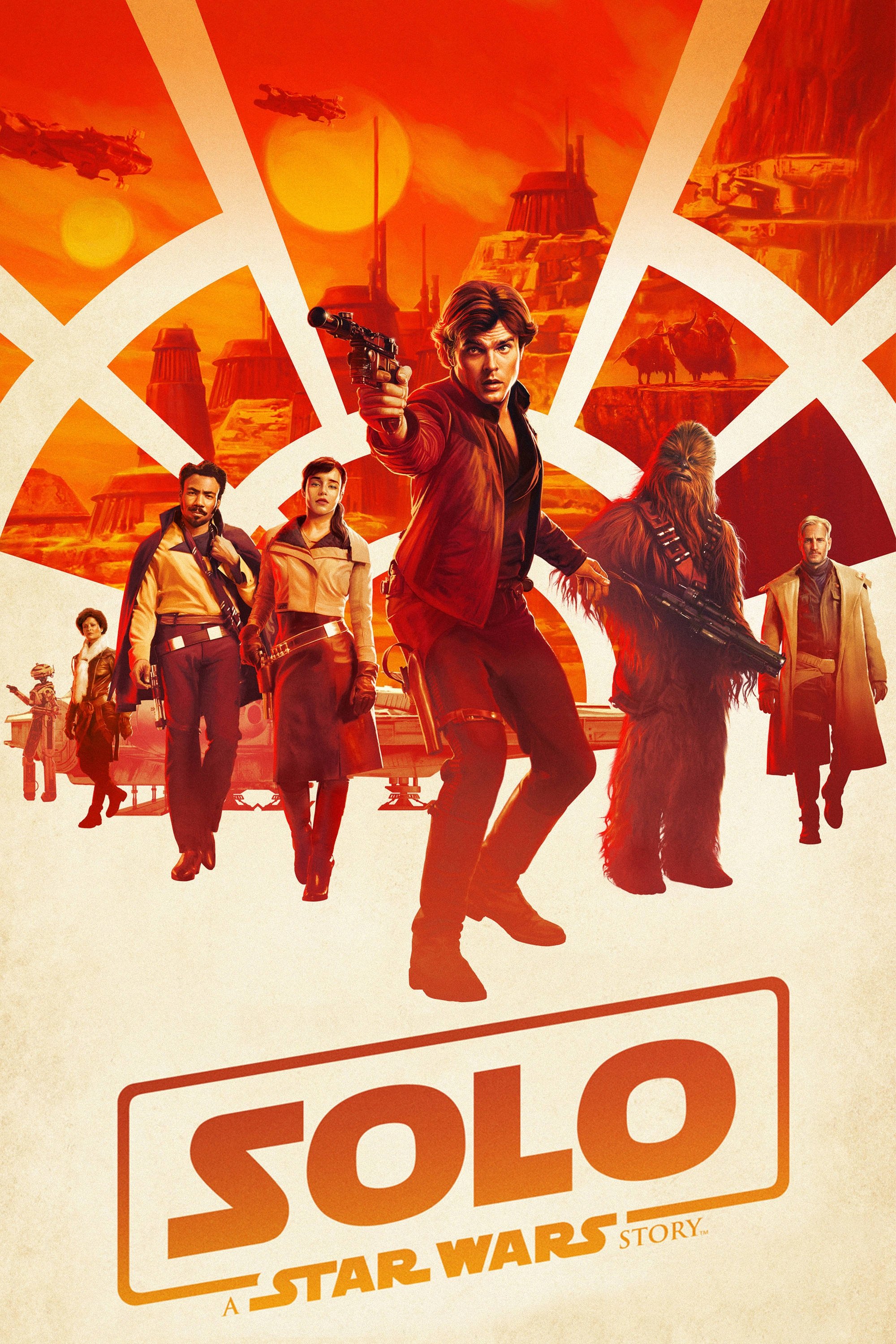
Following a change in leadership during production, significant parts of the movie had to be filmed again. This meant rebuilding sets and renewing contracts with the film crew. The new scenes and changes in the movie’s overall feel also required extra editing and music composing work.
The longer production timeline led to higher costs for visual effects and sound. While the film was released in many theaters, it faced strong competition, and the total revenue earned didn’t cover the increased production expenses.
‘No Time to Die’ (2021)

The production faced increased costs due to several delays and a long filming schedule. Changing locations and implementing safety measures also drove up daily expenses.
Filming complicated action scenes needed special equipment, a lot of additional filming by a separate crew, and more comprehensive insurance.
The marketing strategy was revised repeatedly, necessitating new ad campaigns and updated promotional materials. Despite these challenges, the film attracted significant international attention and generated extra revenue from premium formats, which helped the studio handle a budget that had increased substantially from the initial estimate.
‘Last Action Hero’ (1993)
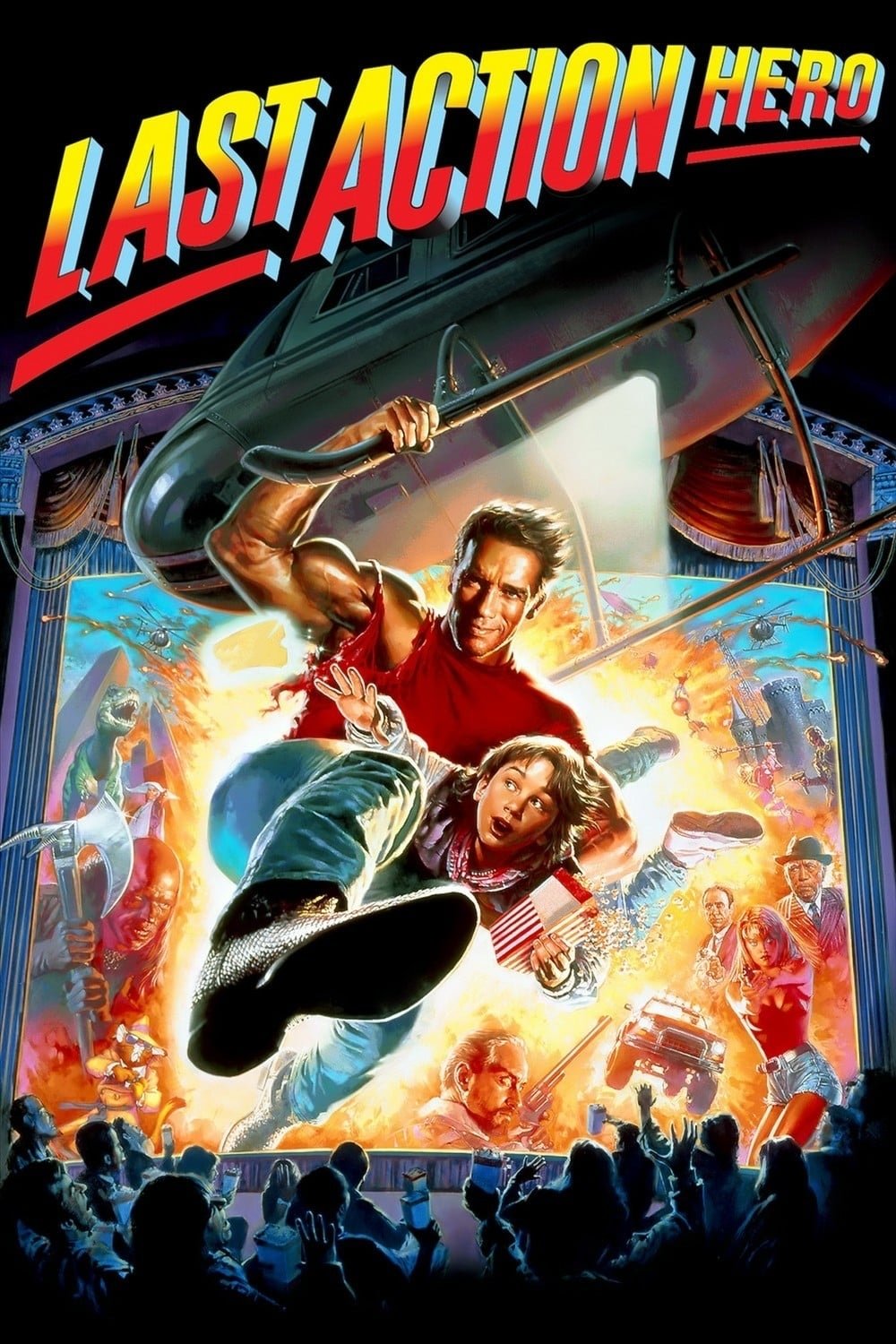
A tight postproduction timeline meant extra hours were needed in editing, sound design, and visual effects as the crew worked quickly to hit the set release date. Feedback from test screenings required changes that increased costs near the end of the process.
A major marketing campaign launched on TV, in print, and with related merchandise, adding to the already increasing production budget. The film debuted in a competitive environment, and its box office revenue didn’t fully recoup the increased expenses.
Let us know in the comments what low-budget movies you enjoy, and tell us which behind-the-scenes facts you found most surprising!
Read More
- Persona 5: The Phantom X – All Kiuchi’s Palace puzzle solutions
- How to Unlock Stellar Blade’s Secret Dev Room & Ocean String Outfit
- Leveraged ETFs: A Dance of Risk and Reward Between TQQQ and SSO
- 🚨 Pi Network ETF: Not Happening Yet, Folks! 🚨
- How to Do Sculptor Without a Future in KCD2 – Get 3 Sculptor’s Things
- Is Nebius a Buy?
- XRP Breaks Chains, SHIB Dreams Big, BTC Options Explode – A Weekend to Remember!
- PharmaTrace Scores 300K HBAR to Track Pills on the Blockchain-Because Counterfeit Drugs Needed a Tech Upgrade! 💊🚀
- Quantum Bubble Bursts in 2026? Spoiler: Not AI – Market Skeptic’s Take
- Three Stocks for the Ordinary Dreamer: Navigating August’s Uneven Ground
2025-09-30 21:47